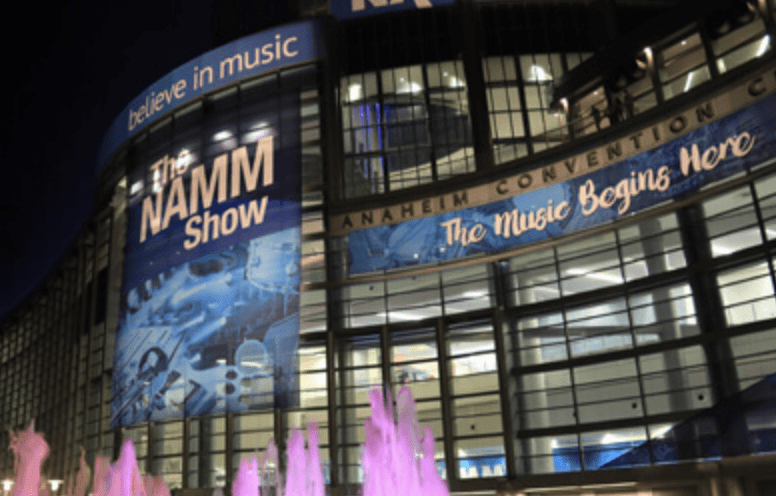 Three years ago, department store J.C. Penney infamously implemented an experiment in retail pricing that has since become a staple of business texts.
Three years ago, department store J.C. Penney infamously implemented an experiment in retail pricing that has since become a staple of business texts.
Hoping to appear more authentic and genuine to its customers, the store did away with coupons and discounts, instead opting for what they dubbed a “fair and square” pricing structure in which original prices started at least 40 percent lower to begin with, instead of winding up there after a torturous game of couponing and calculated, bogus price slashing. There would no longer be any need to clip coupons or arrive at stores at 4 a.m. to get the best prices.
That didn’t work out too well. When Penney’s released its next sales report after this strategy was put into effect, it was clearly a disaster: Comparable store sales for the first quarter declined 18.9 percent; total sales decreased 20.1 percent; Internet sales fell 27.9 percent. Overall, the company reported a $163-million net loss in the quarter. “Rock star” CEO Ron Johnson, who had only been hired a year earlier, was toppled, and by 2013 Penney’s was popping out coupons, in print and online, once again.
We Like Sales
Consumers have been trained to scrutinize the shopping experience like never before, and they have more tools than ever to do so. Reverse-engineering sites deconstruct products like iPhones and itemize their components, arriving at manufacturing costs and comparing them to their retail stickers. “Showrooming” CE buyers can scan barcodes in stores and use apps that deliver comparable pricing instantly. It doesn’t matter that any price has a ton of unseen cost elements baked into it, including those for labor, shipping, advertising, marketing, returns processing, packaging, and oh, yes, that thing called profit.
But while access to all this information makes a consumer look and feel sophisticated, it actually has the opposite effect, because in the end, consumers are innately illogical when they’re shopping with price at the top of their list. Shopping behavior is more like game play: we’re drawn to stores not by the promise of fair pricing, but by the lure of hunting for deals via coupons and price markdowns, and “winning” when we feel we’ve beaten the store at its own game. We know that “Here’s how much you’ve saved!” line at the bottom of the receipt is bullshit, but it lights up reward centers in our brains that aren’t located in its frontal lobes but rather deep inside the reptilian limbic regions – the same locations that buzz for sex, drugs, and rock & roll.
Opacity With A Purpose
MI retail pricing has historically been a thicket of red herrings and cul-de-sacs with dollar signs on them, sometimes by design, often by circumstance. Consumers pore over list prices, MSRPs, MAPs, and other acronyms, as well as the sought-after “street” price – itself sometimes the result of opaque calculations. Walking down West 48th Street in New York in the 1970s and ‘80s was a combination of joy and dread, wanting the new toy and wondering what it would cost.
The Internet changed that, along with shifts to overseas manufacturing and digital technology, putting prices on a downward trend. MI retailers are able to counter that by emphasizing the intimate bond between musician and instrument versus the somewhat fuzzier connection between consumer and widget. In a post on gadfly Eric Garland’s blog, Gabriel O’Brien of Wooster, Ohio Larry’s Music stresses the same thing, stating that MI retailers need to, “offer unique merchandise and a quality in-store experience with a staff of people who are excited to interact with their customers, who treat consumers as though they’re guests in the coolest home on earth… while providing a unique in-store atmosphere where personal relationships may be nurtured.”
Good advice, but here’s where purposeful price ambiguity can be helpful. Remember that we’re hard-wired to play games, and letting a customer whittle a price down is at the heart of that. The tricky part is figuring out where to start and – somewhat less so, but a still important – where to stop. That will vary by product and by its point on the time/price continuum: most products will decrease in perceived value over time as new models come out and displace them, though a comparative few will increase due to inherent value and scarcity/demand. But that just adds to what continues to be a dense stew of factors that lead to a final price.
Life is a continuous negotiation, and even a decision not to haggle is a negotiation itself. Learning the dynamics and even the theatricality of the price dance is at heart of a good transaction.


























Looking Back on 2025: A Year of Controlled Chaos (Emphasis on “Controlled”)